Longhu Mountain
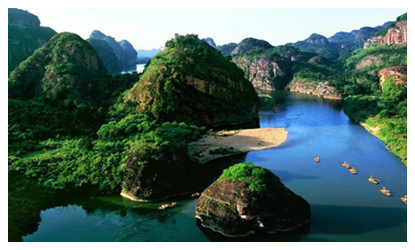
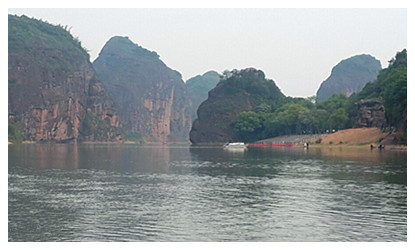
According to the record of Taoism, in the middle of the East Han Dynasty (25-220), Zhang Daoling, the first Tian Shi (a Taoist priest), started to distill elixirs at this historic mountain, originally named 'Mount of Splendid Clouds'. As the elixirs were made, a dragon and a tiger would appear. Then the mountain's name changed and became a birthplace of Taoism.
What to see ?
Shangqing Palace : Located in Shangqing Old Town Scenic Area which was first built in East Han Dynasty,Shangqing Palace is the place for Tian Shi to pray and the place where all gods received their official ranks. It was as large as the royal palace, but one Chi (about 1.094 feet) lower to show the respect for the royal prerogative.
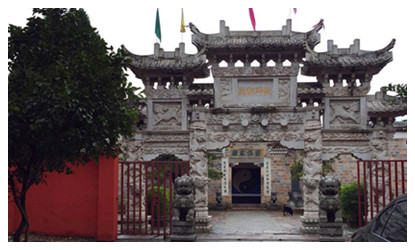
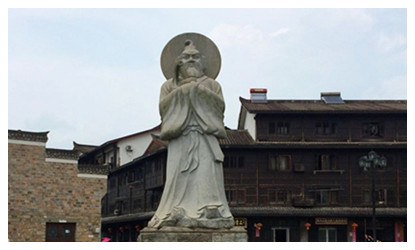
Celestial Water Rock: Apart from the sacred place for Taoism, Dragon and Tiger Mountain is also full of beautiful and special landscapes. As a typical Danxia landform characterized by its cliffy scarp, the red terrestrial clastic rock can be seen everywhere in Celestial Water Rock Scenic Area.
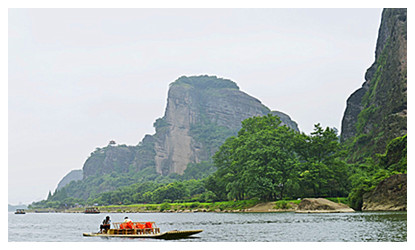
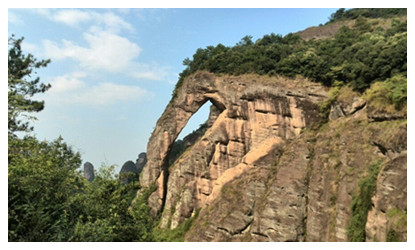
There are a total of ninety-nine peaks, twenty-four boulders, one hundred and eight natural and artificial sights and over twenty wells, ponds, streams and waterfalls. 'Ten cannot' rocks in this area are famous for the vivid guise and attractive stories. They are: the nun carrying monk cannot pass by; the jade comb that cannot comb the hair; the water lily that cannot be wore; the test-sword stone that cannot be put to the test; the celestial peach that cannot be eaten; the stone drum that cannot be beat; the splendid silk that cannot be wrapped; the fairy cannot be married; the scoop that cannot be used and the Taoism Hall that people cannot sit in. Sitting in a raft and drifting in the winding Lu Xi River which meanders westwards through the whole mountain area and links sights scattered along the banks, visitors can take in all the beautiful scenes, blue skies, white clouds, green water and red mountains.
The Cliff Tombs: Most of the tombs are about 50 meters (160 feet) above the water, and some are more than 300 meters (984 feet) high. Floating in the Lu Xi River, Cliff Tombs of the Spring and Autumn Period (770-476 BC) and the Warring States Period (476-221BC) can be seen along the river banks.
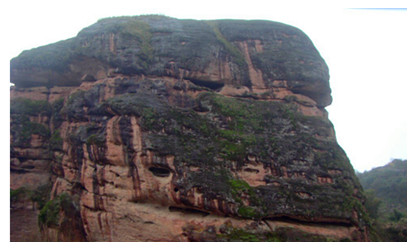
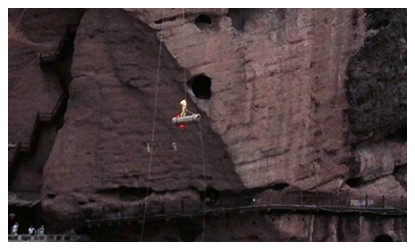
Because of its expansive area, large quantity, dangerous location and unique shape, the tombs got the title 'the best natural archaeological museum of China'. No one is quite sure why or how the ancient site was built, so it's still a mystery waiting for you to discover.
Travel Tips
Add: 16 km south of Yingtan City in Jiangxi Province
Entrance Fee: CNY 260 ( including sight-seeing bus and drift); CNY 185 ( indluing sight-seeing bus )
Opening Hours:08:00-18:00
Transport: Tour bus at Yingtan Railway Station Square (05:30 to 17:30)







 Ask Questions ?
Ask Questions ?